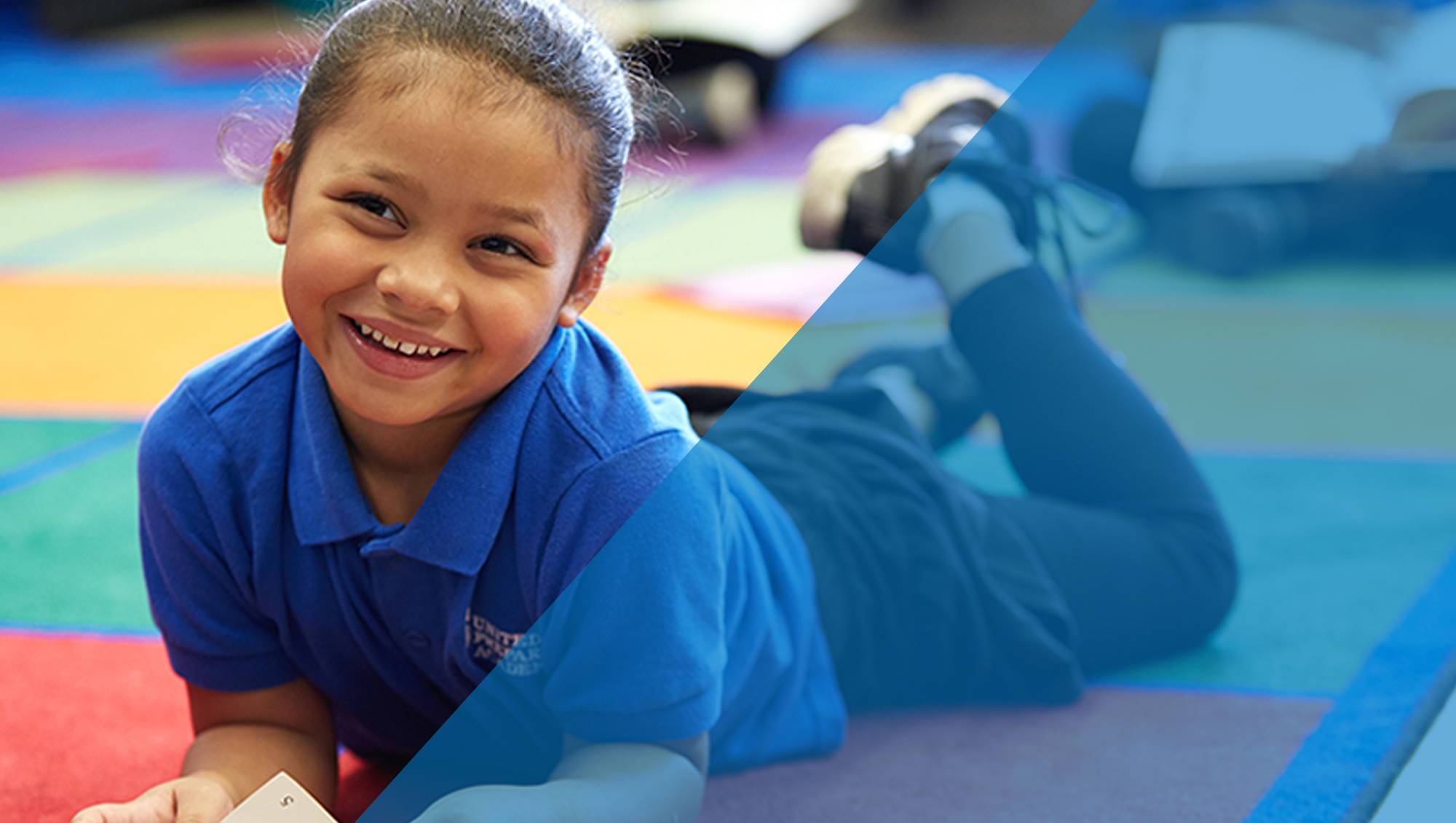As we are all aware, the COVID-19 pandemic has fundamentally altered how our society has functioned over the past few months. The education sector is no exception. As science teachers can attest, one of the unfortunate, enduring realities for life on this planet is that a minuscule virus, just microns in diameter, can leave an outsized impact on life as we know it. Yet a second enduring reality is that the form of life known as Homo sapiens is awfully resilient, and educators across the country are thinking creatively to ensure continuity of education for our students in a remote setting.
Read MoreAs everybody in the education sector is painfully aware, the COVID-19 outbreak has drastically changed the way we think about and execute our jobs for the foreseeable future. Normal life has been put on hold while we determine how to navigate the uncertain months ahead. Questions materialize much faster than answers, and it is difficult to keep up with the near constant updates coming from federal, state, and local officials. I am hard-pressed to identify a moment in my life that has been as impactful, rapidly-evolving, and confusing. I don’t believe it’s hyperbolic to say that this is a truly unprecedented time for those of us in education.
Read MoreNot long ago, in late October, the National Assessment Governing Board released the results of the 2019 National Assessment of Educational Progress (NAEP). Generally speaking, the results were met with disappointment among those in the education sector, with the exception of a few laudable bright spots: D.C. and Mississippi. Approximately one month later, the Program for International Student Assessment (PISA) announced the results of their 2018 study, which evoked a similar word as the NAEP results: disappointing. American students, as compared to American students of yesteryear and present-day students around the world, have stagnated.
Read MoreMany years ago, I found myself trapped in an interesting cycle with my dental hygienist. A few times each year, I would stretch out on her chair and sit patiently as she picked at, polished, and flossed my teeth. While the overall health of my mouth held up under her close scrutiny, she always mentioned one habit I couldn’t seem to shake.
Read MoreGoals for accountability and goals for improvement are two very different things.
I’m not sure if I should be embarrassed or if most of the folks reading this are right there with me. Either way, this was an important revelation as I’ve worked to bring improvement science methodology to my work as a school leader at United Schools Network. Far too often, these two types of goals get conflated during school improvement projects and this can have unintended consequences.
Read MoreDespite spending billions on professional development (PD) in the United States, well-regarded studies by organizations such as American Institutes for Research (AIR) and TNTP show no measurable results from this spending. This was the case even when the training was considered rigorously aligned to the tenets of best practice for educator professional development. At the same time, student outcomes, especially for students of color and students living in poverty, are unacceptable.
Read MoreThe good news is that there are just five ingredients necessary for school improvement. And, even better, the five ingredients are not rocket science. The bad news is that these ingredients aren’t easy to put in place, and are even harder to sustain. This is especially true in high-poverty schools.
Read More







